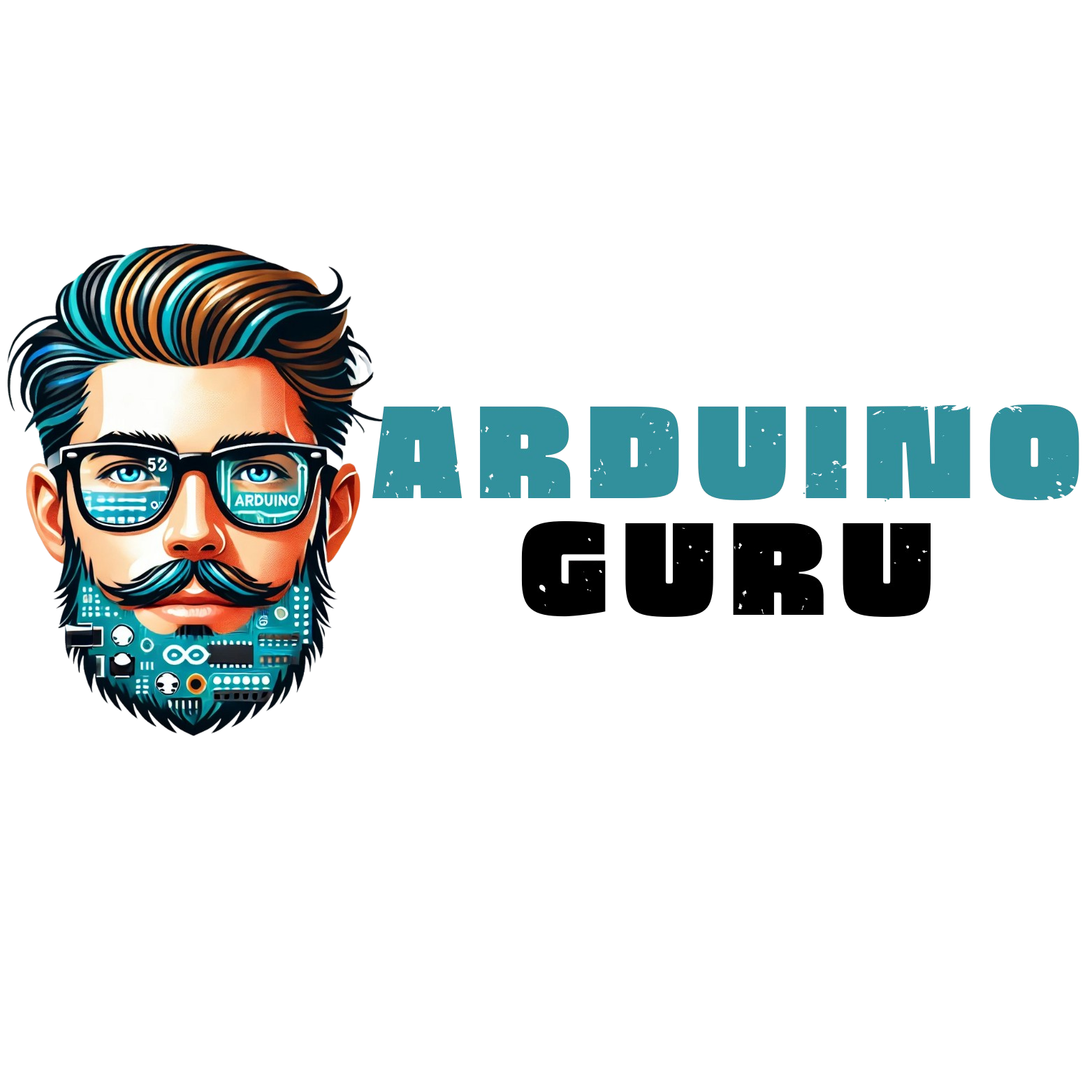A water quality monitoring system using Arduino is an innovative and cost-effective solution for tracking various parameters of water to ensure its safety and quality. This system typically involves sensors that measure key indicators such as TDS, EC, pH, temperature, turbidity, and dissolved oxygen levels. The data collected by these sensors can be processed and transmitted online thorough a smartphone App and Web dashboard for real-time monitoring and analysis.
Sensors used in Water Quality Monitoring System:
For water quality monitoring we will use the following sensors and also we can add more sensors with respect to our requirements.
TDS Sensor: Measures the Total dissolved solids of the water.
EC Sensor: Measures the acidity or electrical conductivity of the water.
pH Sensor: Measures the acidity or alkalinity of the water.
Temperature Sensor: Tracks the water temperature, which can affect other water quality parameters.
Turbidity Sensor: Detects the cloudiness or haziness of the water, indicating the presence of suspended particles.
Dissolved Oxygen Sensor: Measures the amount of oxygen dissolved in water, which is crucial for aquatic life.
Arduino UNO R4 Wi-Fi:
The Arduino Uno R4 Wi-Fi is an advanced microcontroller board that builds on the success of the classic Arduino Uno series while incorporating modern features like Wi-Fi connectivity and improved processing power. This makes it an excellent choice for both beginners and experienced developers looking to create IoT (Internet of Things) projects.
We will use The Arduino Uno R4 Wi-Fi board for our water quality project for collection of data and then posting it to cloud.

Working of the System:
- Sensor Data Collection: The Arduino reads the data from the connected sensors at regular intervals.
- Data Processing: The raw data from the sensors is processed to convert it into meaningful values (e.g., converting voltage readings from the pH sensor into pH levels).
- Data Transmission: The processed data is then sent to an online server or cloud platform via a Wi-Fi. we will use Blynk IoT platform. we can also use a custom server can be used to store and visualize the data.
- Real-Time Monitoring: Users can access the data online through dashboards or mobile app, where they can view real-time graphs and logs of the water quality parameters. Alerts or notifications can be set up to notify users if any parameter exceeds safe levels.
Circuit Diagram of Water Quality Monitor System:

Arduino Code for Water Quality Monitor System:
// Arduino UNO R4 Wi-Fi
#define BLYNK_TEMPLATE_ID "TMPL5xYkMi5Cp"
#define BLYNK_TEMPLATE_NAME "Water Quality Monitoring System"
#define BLYNK_AUTH_TOKEN "gcvbq7jUBEFT2vapxWtg-aC6JzA6mzxL"
#define BLYNK_PRINT Serial
#include <SPI.h>
#include <WiFiS3.h>
#include <BlynkSimpleWifi.h>
char ssid[] = "Ahmad";
char pass[] = "Arduino123456";
float Turbidity;
float TDS;
float EC;
float water_temperature;Advantages of Water Quality Monitor System:
Cost-Effective: Using Arduino and readily available sensors makes the system affordable compared to commercial water quality monitoring solutions.
Customizable: The system can be tailored to specific needs, such as monitoring additional parameters or integrating with other environmental monitoring systems.
Remote Access: Online monitoring allows users to check water quality from anywhere, making it ideal for remote or difficult-to-access locations
Conclusion:
A water quality monitoring system using Arduino is an effective way to ensure water safety and quality, especially in areas where traditional monitoring methods may be too expensive or difficult to implement. By enabling real-time data collection and online monitoring, this system can help in early detection of water quality issues, potentially preventing environmental damage and health risks.



